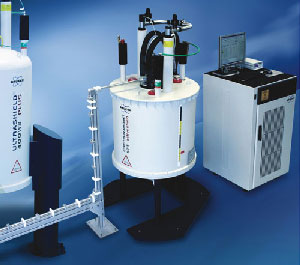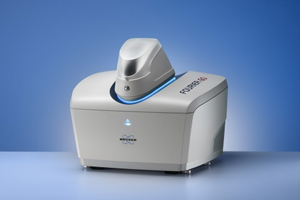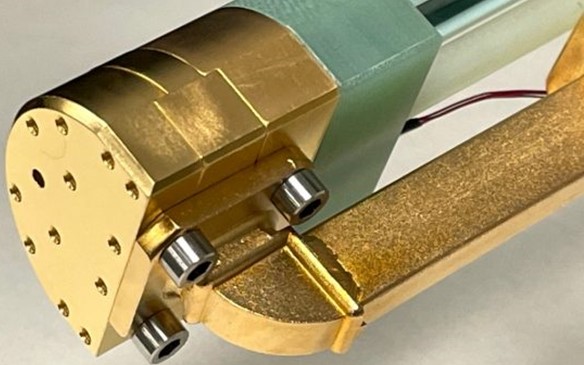
Bruker BioSpin Group, headquartered in Zurich, has acquired the electron paramagnetic resonance business of Bridge12, a Massachusetts-based company known for enabling cutting-edge research using EPR technology. The deal adds to Bruker’s suite of EPR spectroscopy offerings. Meanwhile, Bridge12 plans to focus on developing high power gyrotrons for commercial fusion reactors, and to continue its developments in nuclear magnetic resonance.
Both companies have championed advanced development in EPR which, although established 80 years ago, is rising to new prominence in the post-genomic era of medical discovery. Considered to be a thousand times more sensitive than nuclear magnetic resonance, it can enable researchers analyzing an EPR signal to identify, quantify and monitor impurities at extremely low levels, down to parts per billion. Applications in both biotech and industry are spreading.
The business unit acquired makes modular EPR bridges for pulsed spectroscopy, high-field EPR spectrometers for multi-frequency experiments, microwave amplifiers and EPR probes backed by innovative technology and collaborative research initiatives that aim to advance EPR spectroscopy and expand versatility in EPR instrumentation.
“Joining Bruker represents a major step for our advanced EPR technology,” said Dr. Thorsten Maly, co-founder and VP of Magnetic Resonance at Bridge12. “It allows us to scale our innovations and make them accessible to a broad research community, ensuring long-term, global support and driving sustainability in innovation. I look forward to collaborating with more leading scientists to apply EPR spectroscopy in new ways.”

“The acquisition of the Electron Paramagnetic Resonance business of Bridge12 aligns with our mission to provide cutting-edge technology to our research customers,” commented Dr. Falko Busse, President of the Bruker BioSpin Group. “The addition of Dr. Maly and his team will enhance our R&D capabilities in EPR for driving progress in magnetic resonance technologies.”
Bridge12 will continue its development of innovative, custom microwave, millimeter wave, and terahertz sources and systems with advanced capabilities for dynamic nuclear polarization-enhanced NMR systems. The company will continue to grow its portfolio of high power gyrotrons (100 kW – 1 MW) for application in plasma heating, instability control, and plasma diagnostics in the growing nuclear fusion market for developing commercial net electric fusion reactors.

“We are very excited about the future growth prospects of our successful EPR product lines under Bruker and enabling the availability of these instruments to a wider research community base,” said Dr. Jagadishwar Sirigiri, president and COO of Bridge12. “This move will also enable Bridge12 Technologies to focus on the development of its high power gyrotron line of products to offer new systems for commercial fusion reactors.”
Founded in 2009, Bridge12 is a pioneering company in terahertz technology, specializing in high-power microwave sources and terahertz systems for scientific research, plasma heating and diagnostics, material processing and defense. Products include high power gyrotrons and other terahertz sources and systems for plasma heating in nuclear fusion machines, material processing and scientific applications such as DNP-enhanced nuclear magnetic resonance spectroscopy.
Gyrotons & NMR remain as key product areas at Bridge12
Gyrotrons are key products at Bridge12. Essentially, they are microwave tubes that can efficiently generate millimeter and terahertz waves at powers up to a few MW. It produces turnkey gyrotron systems equipped with a power supply, superconducting magnet, control system and other accessories. In a project supported by the U.S. Department of Energy, Bridge12 is developing a prototype 1 MW, 250 GHz gyrotron for application in plasma heating for commercial net-electric magnetically confined fusion reactors such as tokamaks and stellarators.

Gyrotrons with superconducting magnets from Bridge12 range in power from a few watts to hundreds of kW. A 10 kW, 170 GHz continuous wave gyrotron tube is shown on the right. This device operates in a 6.3 T superconducting magnet.

Unlike fixed-frequency gyrotrons, Bridge12’s are designed to be tunable to allow users to conduct versatile DNP-NMR experiments like measuring the enhancement field profile to determine the frequency for maximum enhancement and also to work with a range of polarizing agents. DNP-NMR systems equipped with tunable gyrotrons do not need expensive sweep coil in the NMR magnet, reducing equipment cost as well as providing the ability to upgrade existing NMR setups without having to replace the NMR magnet.
Resistive sweep coils for NMR magnets are designed for researchers who want to change the magnetic field strength in their NMR, DNP or EPR experiments. They can be retrofitted into wide-bore NMR magnets at a fraction of the cost of built-in sweep coils.
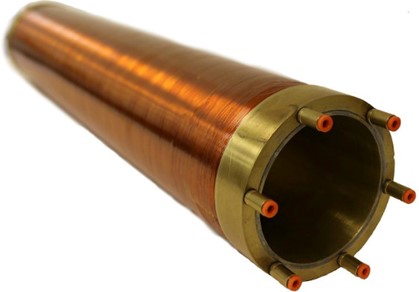
Typically, magnetic resonance experiments are performed at a fixed magnetic field strength because it is not easy to change the main field of a superconducting magnet. However, frequency sweeps are not always possible and sweeping the magnetic field strength sometimes is the only alternative. Scientists building an EPR spectrometer can save costs by using an NMR magnet and retrofitting it with a resistive sweep coil to enable magnetic field strength sweeping. The Bridge12 RSC can sweep the magnetic field strength by +/- 400 Gauss, providing coverage of many radicals. While an integrated superconducting sweep coil can easily add about 25 to 50% or more to the price of the superconducting magnet, a Bridge12 RSC can add the ability to sweep the magnetic field strength to an existing wide-bore magnet at a fraction of the cost. It is compatible with existing instrumentation including wide-bore superconducting magnets and low-temperature cryostats for wide-bore NMR probes.
Bruker Biospin a platform leader in EPR
The acquisition enhances the Bruker Biospin Group’s position as a platform leader in EPR with a broad array of instruments and technical expertise dating back to its first EPR instrument in 1967. Some of its latest advancements are described here.

Rapid Scan-EPR is a revolutionary technique that can improve the signal to noise ratio and significantly decrease acquisition time down to milliseconds. With sweep times as low as 10 microseconds, short lived EPR species can be observed and their changes can be followed with unprecedented time resolution.
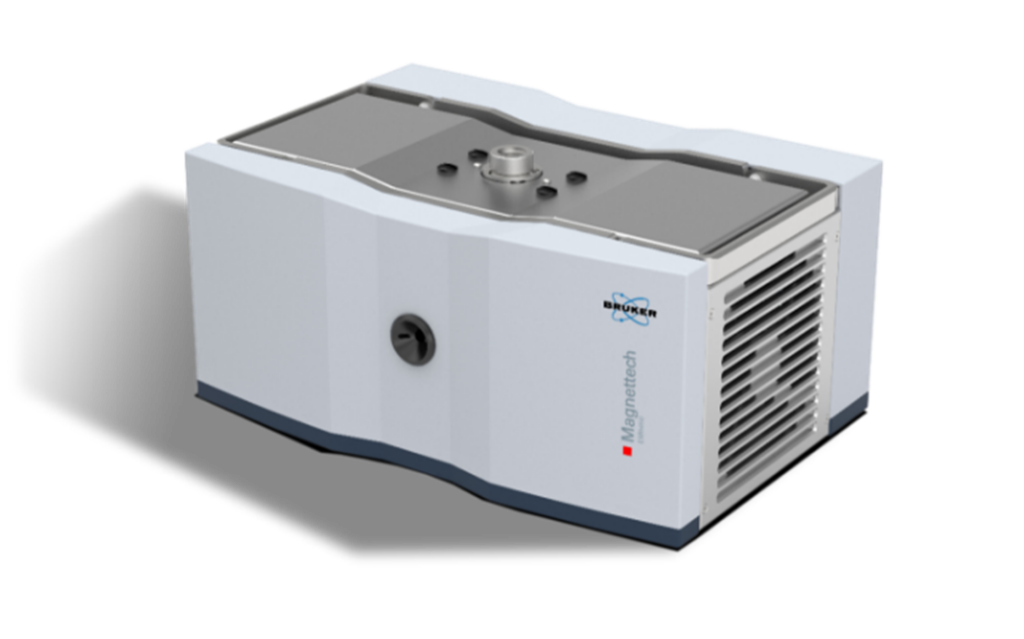
For more info, see www.bruker.com and www.bridge12.com.


